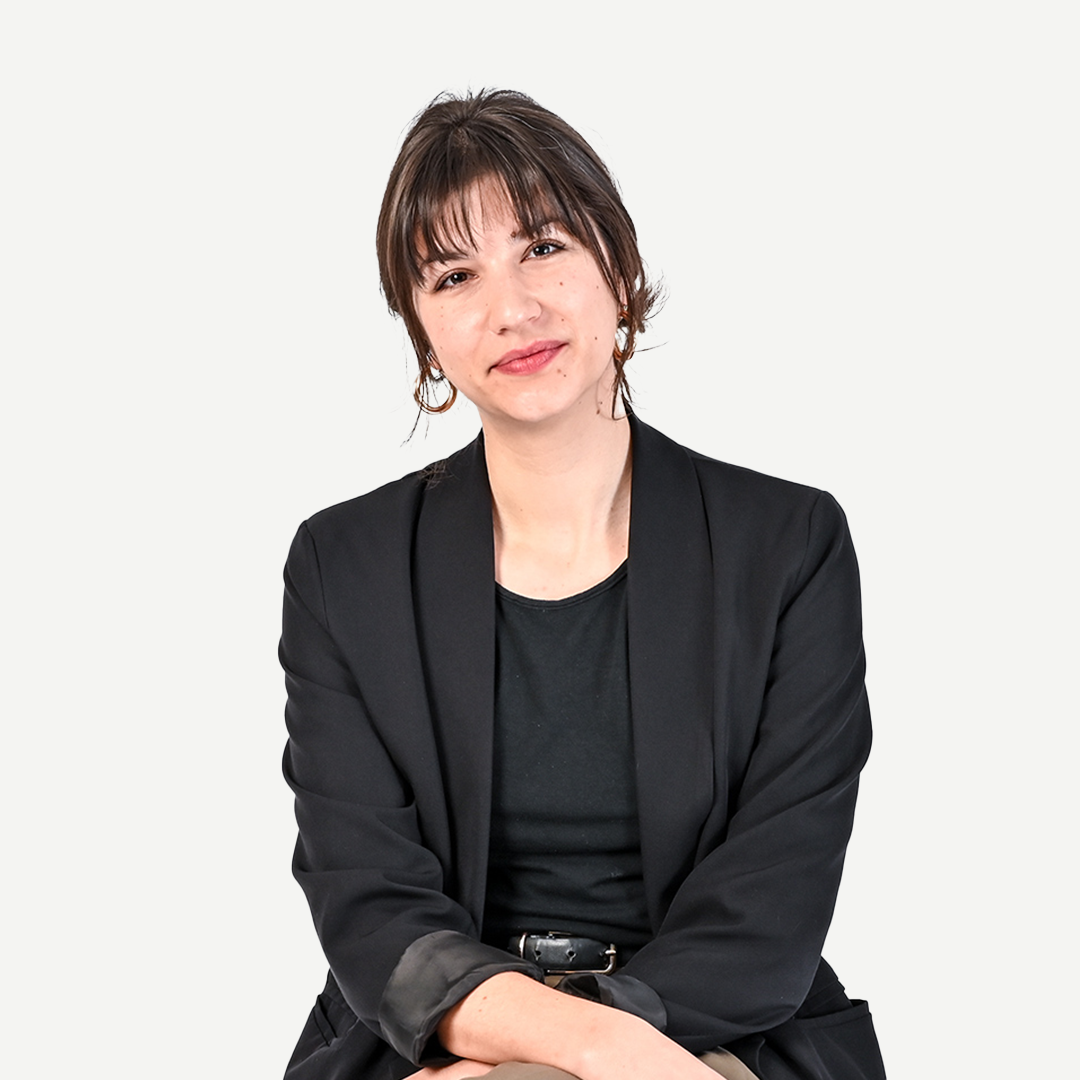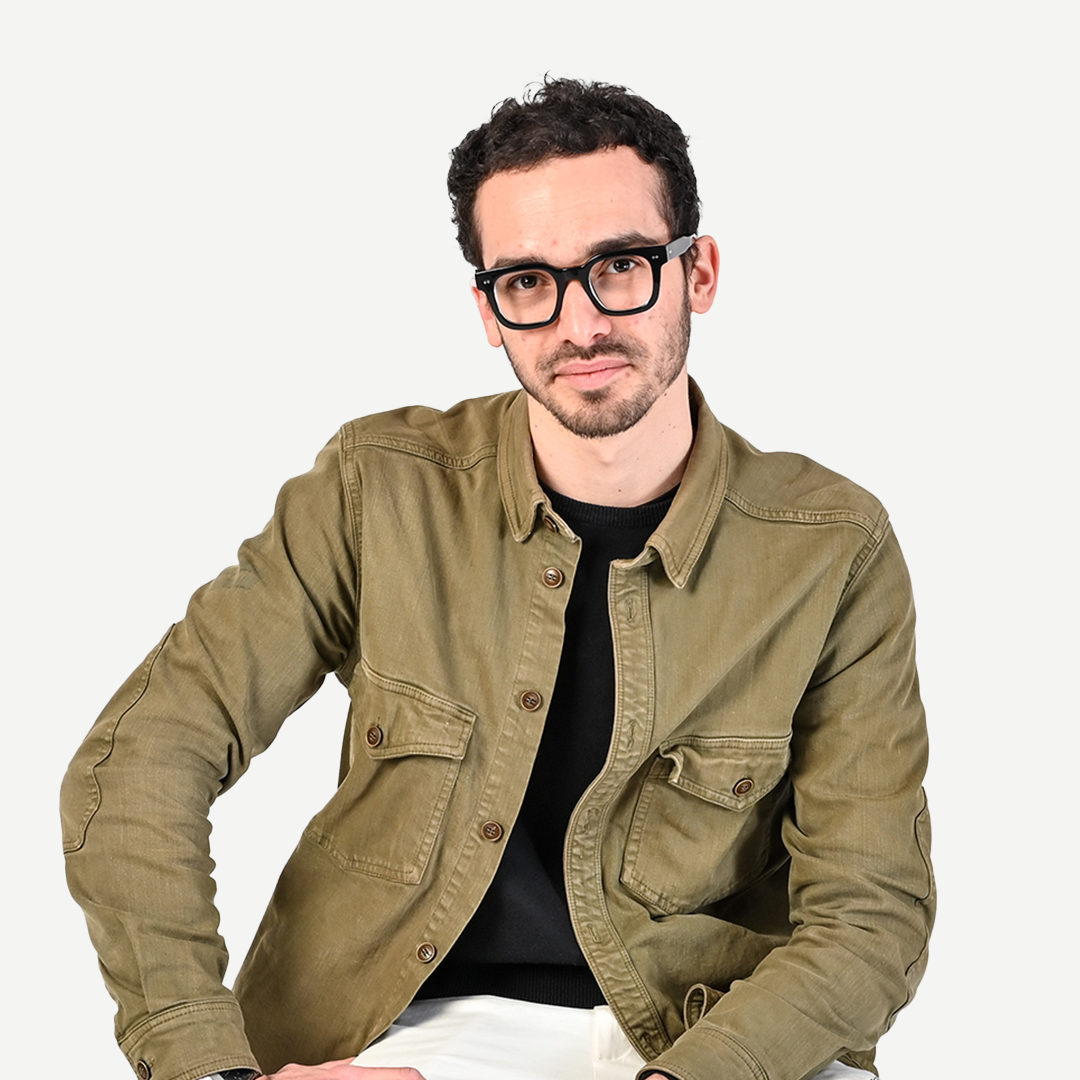Document summary objectives Course
Course:
ISDE/01 Product Design
Year:
2024/2025
Lecturer:
Andrea Maragno, Lucrezia Stocco, Chiarajenny Dellomonaco, Cesare Bizzotto, Christopher Secolo, Enrico Sorio, Stefano Traverso

Christopher Secolo
List of topics covered:
The course explores the fundamental principles of experience design and design thinking, providing students with methodological tools for research, analysis and design. Topics covered include:
- Experience Design: areas of application, value of experience design and professional figures involved.
Design Thinking and Human-Centered Approach: basic principles for user-centered design. - Elements of UX Design: user-product interaction analysis, qualitative and quantitative research, conducting interviews, developing User Personas and narrative frameworks (storyboard, experience mapping, user journey, customer journey, user scenario, user flow, user stories).
- Multimedia project development: research and benchmarking, idea and concept generation, transition from physical to digital (sketches, 2D/3D), user testing, and project presentation techniques.
- Design and representation: formal and expressive research, analysis and development of design directions, choice of materials in relation to scenarios and styles, evaluation of feasibility and consistency with desired requirements.
- Visualization and presentation: communication of ideas through sketches, renderings and drafting of the final document with presentation of the project.
Course-specific learning objectives:
Upon completion of the course, students will have a comprehensive view of design development from initial research to final implementation. They will gain skills in user needs analysis, user experience evaluation, and the use of tools such as storyboards, experience mapping, and user journeys. The educational track addresses each stage of the process: brief analysis, concept definition, budget management, communication, and production. Special attention will be paid to the integration of physical and digital product, exploring the possibilities offered by new technologies for functional and innovative design.
Mode of teaching delivery:
The course consists of 13 in-person classes, divided into three phases of four meetings each, combining theory and practice. During the first lesson, a project brief will be assigned, which students will develop in groups throughout the course. Each lesson will consist of a theoretical part, devoted to methodological principles and best practices, and a practical part with guided exercises and midterm reviews. Project reviews will take place weekly, both in-person and online via Zoom sessions, to ensure constant monitoring of group progress.
Mode of examination/evaluation:
Assessment will be based on the development of the group project, with particular attention to consistency with the objectives of the brief. Students will submit two major reviews: one midterm and one final, both evaluated for completeness, innovation and ability to apply design methodologies. Critical analysis, consistency between research, concept and final result, originality in interpretation of design scenarios, and expressive and formal effectiveness of proposed solutions will be key criteria.
Bibliography
Christopher Century
- Botta, D. (2018). User Experience Design.
- Brown, T. (2009). Change by Design.
- Di Michele, V., & Fiacchi, A. (2020). Emotion Driven Design.
- Downe, L. (2020). Good Services.
- Fadell, T. (2022). Build.
- Krishna, G. (2015).The Best Interface Is No Interface.
- Knapp, J. (2016). Sprint.
- Krug, S. (2000). Don’t Make Me Think.
- Norman, D. (2013). The Masochist’s Coffee Pot.
- Rosati, L. (2019). Sense-Making.
Stefano Traverso
- De Bono, E. (1993). Creativity and lateral thinking. Rizzoli.
- Munari, B. (2009). One thing leads to another. Laterza.





